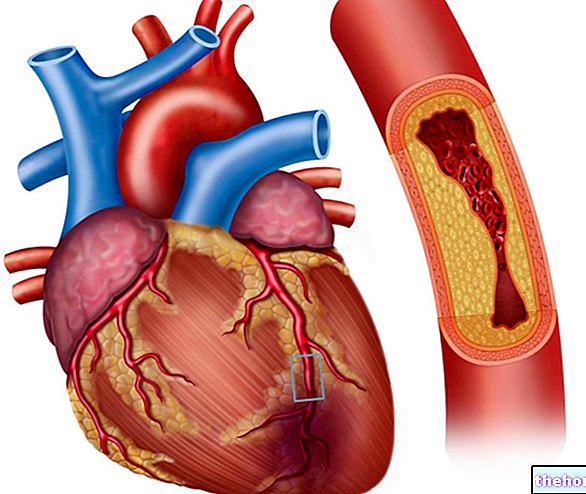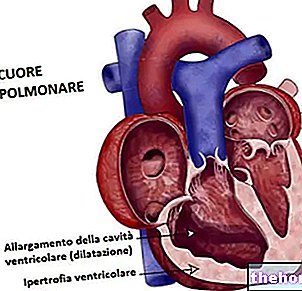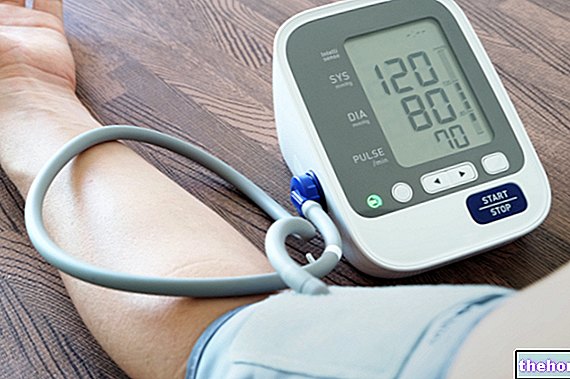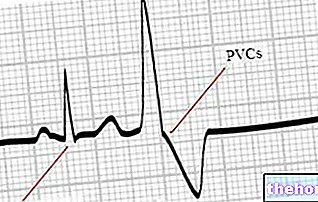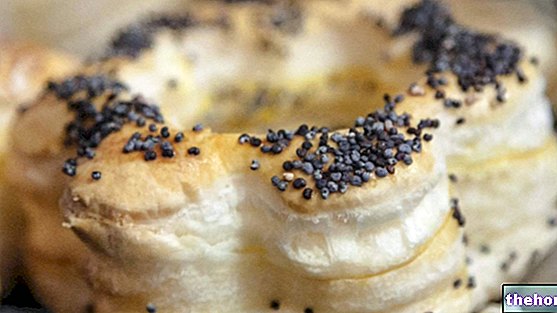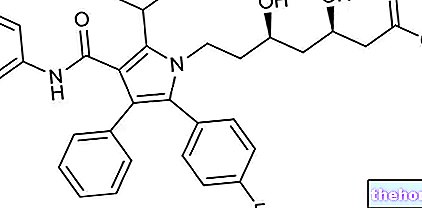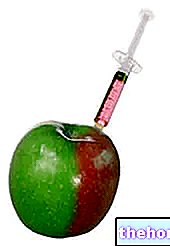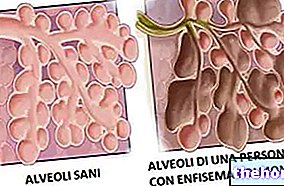If the heart beats less, you live longer:
Turtle
6 beats per minute
150 years of life
Elephant
30 beats per minute
70 years of life
Horse
44 beats per minute
40 years of life
Cow
65 beats per minute
22 years of life
Pig
70 beats per minute
25 years of life
Whale
80 beats per minute
20 years of life
Dog
90 beats per minute
15 years of life
Cat
150 beats per minute
15 years of life
Ape
190 beats per minute
15 years of life
Rabbit
205 beats per minute
9 years of life
Hamster
450 beats per minute
3 years of life
Hummingbird
600 beats per minute
0.5 years of life
Man
Bradycardia
<60 beats per minute
35 or 40 years of life at the end of the 18th century;
78 years of current life;
Babies born in the early twenty-first century are estimated to have a life expectancy of around one hundred years.
Normal
60-100 beats per minute
Tachycardia
> 100 beats per minute
To keep your heart healthy and save it a few beats, it is very important to practice a "regular motor activity: doing thirty or forty minutes of physical exercise, four or five times a week, is an ideal approach to decrease your resting heart rate. , even 10 beats per minute.
The ideal work intensity is equal to 70% of the maximum heart rate; if you do not have a heart rate monitor, this threshold can be calculated by subtracting your age from the fixed value 220, then multiplying the result by 0.7.
Age:
years
Maximum heart rate:
Recommended heart rate
min
max
On the other hand, short and intense physical efforts have no protective effect on the heart, which can even become dangerous for people with one or more cardiovascular risk factors.


